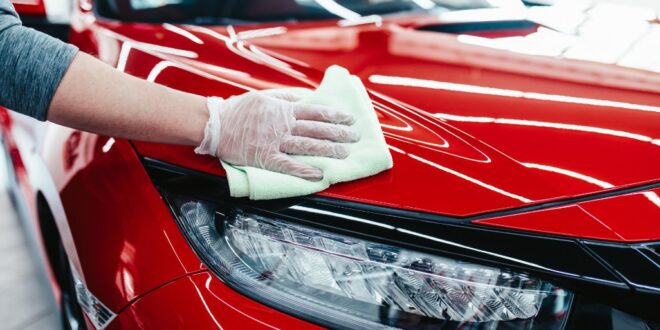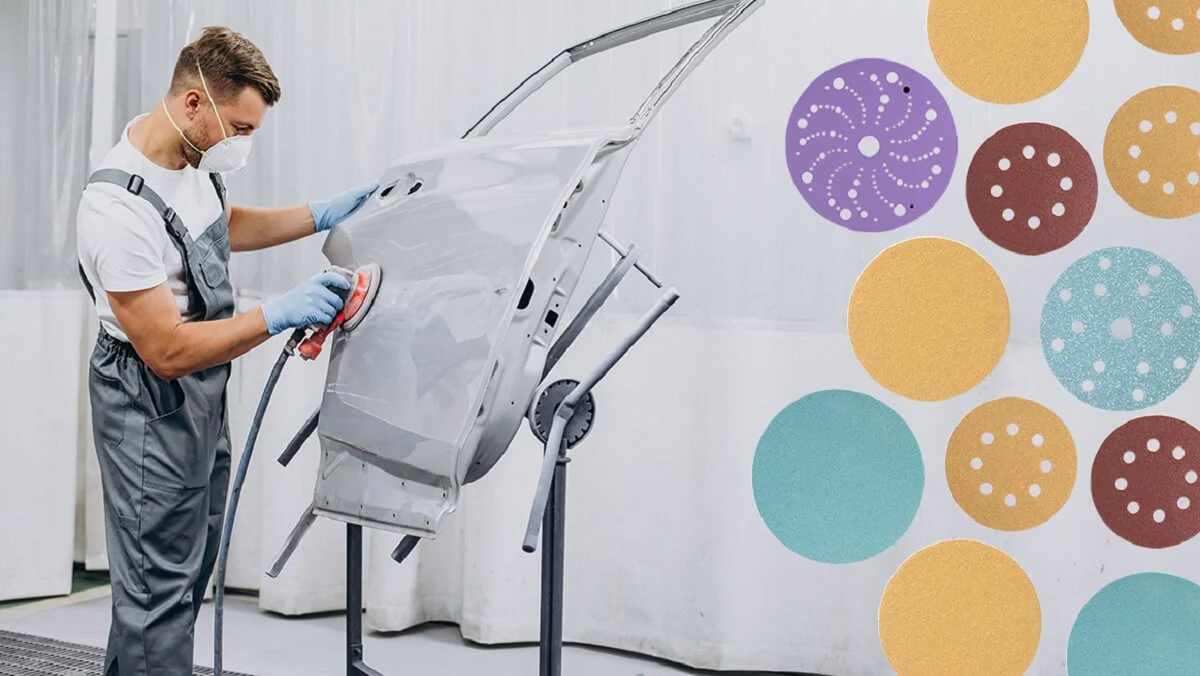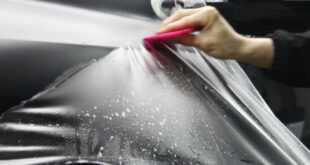Paint “fish eyes”—those tiny crater-like imperfections that mar the smooth surface of your car—can be a frustrating setback. But fear not, for there are effective techniques to restore your paint job to its former glory. This guide will walk you through the step-by-step process of eliminating fish eyes, leaving your car’s exterior looking brand-new.
Causes of Fish Eyes in Automotive Finishes
Fish eyes can arise from the presence of contaminants and impurities on the surface being painted. Substances such as oil, grease, silicone, or even residues from previous cleaning agents can create a barrier that prevents the paint from adhering uniformly. Contaminants disrupt the bonding process, leading to the formation of these characteristic circular imperfections.
Surface Preparation Issues
Inadequate surface preparation is a common cause of fish eyes. Insufficient cleaning, improper sanding, or the presence of lingering residues can compromise the surface’s ability to accept and retain the paint. Properly preparing the surface is essential for creating an optimal foundation for paint adhesion, preventing the occurrence of fish eyes.
Incompatible Products
Using incompatible products during the painting process can result in chemical reactions that lead to fish eyes. This includes using a paint or primer that is not compatible with the existing layers or applying products in a manner that disrupts the curing process. Incompatibility issues can manifest as a failure of the paint to spread evenly, resulting in the characteristic circular formations.
Recommended Materials and Tools for Addressing Fish Eyes
Sandpaper and Abrasives
Select high-quality automotive sandpaper suitable for your project—coarser grits remove imperfections, while finer grits smooth surfaces before painting.
Quality Automotive Paint
Choose compatible, adhesive, and color-matching high-quality paint. Consider waterborne or solvent-based options based on preferences and environmental factors.
Proper Safety Equipment
Prioritize safety with a respirator, safety glasses, gloves, and protective clothing, adhering to protocols for a secure working environment during restoration.
Spray Gun or Paint Applicator
Essential for even and smooth paint application, choose a high-quality tool that suits your project’s scale.
Air Compressor
Necessary for powering the spray gun, select an efficient compressor with sufficient power for optimal paint flow.
Masking Materials
Vital for protecting non-paint areas, use a painter’s masking tape to ensure a clean and defined application, preventing overspray.
Step-by-Step Guide to Restoring Fish Eyes
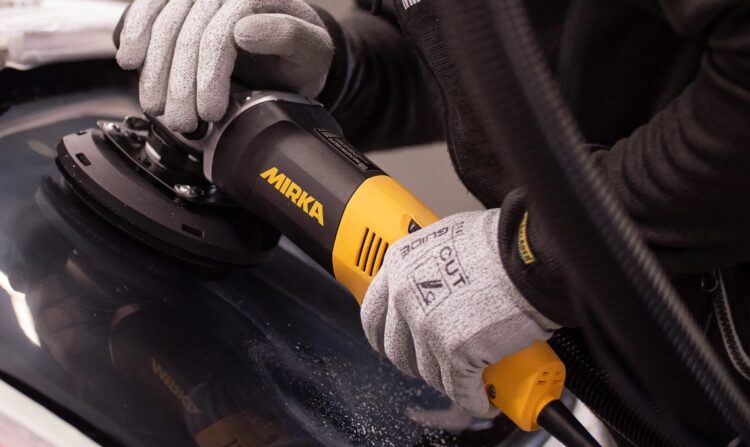
Preparing the Work Area
- Cleaning and degreasing the surface ─ Begin by thoroughly cleaning the affected area using automotive-grade cleaners. Remove all dirt, grease, and contaminants to ensure a clean canvas for the restoration process.
- Ensuring proper ventilation ─ Adequate ventilation is crucial during the restoration process to disperse fumes and ensure a safe working environment. Open doors and windows, or use exhaust fans to promote air circulation.
Identifying and Marking Fish Eyes
Carefully inspect the surface for fish eyes, marking each imperfection to facilitate targeted restoration. Proper identification ensures a focused approach to addressing specific areas of concern.
Sanding the Affected Area
- Choosing the right sandpaper grit ─ Select the appropriate grit of sandpaper based on the severity of imperfections. Coarser grits, such as 320 or 400, are effective for removing fish eyes, while finer 1000-grit sandpaper, helps in smoothing the sanded surface.
- Sanding techniques to avoid further damage ─ Use light pressure and circular motions when sanding to avoid causing additional damage. Constantly check the progress to ensure the removal of fish eyes without compromising the surrounding paint.
Cleaning and Re-Preparing the Surface
- Using appropriate cleaners ─ Apply automotive-approved cleaners to remove any residues left from the sanding process. Thoroughly clean the surface to eliminate contaminants that may hinder proper paint adhesion.
- Checking for contaminants ─ Inspect the surface to ensure it is free of contaminants. Any remaining impurities could lead to further imperfections during the paint application process.
Applying Compatible Automotive Paint
- Choosing the right type and color ─ Select automotive paint that is compatible with the existing coatings, offers good adhesion, and matches the vehicle’s original color. Consider factors like environmental impact and personal preference when choosing between waterborne and solvent-based options.
- Proper application techniques ─ Apply the chosen paint using even and controlled strokes, maintaining a consistent distance from the surface.
Buffing and Polishing for a Seamless Finish
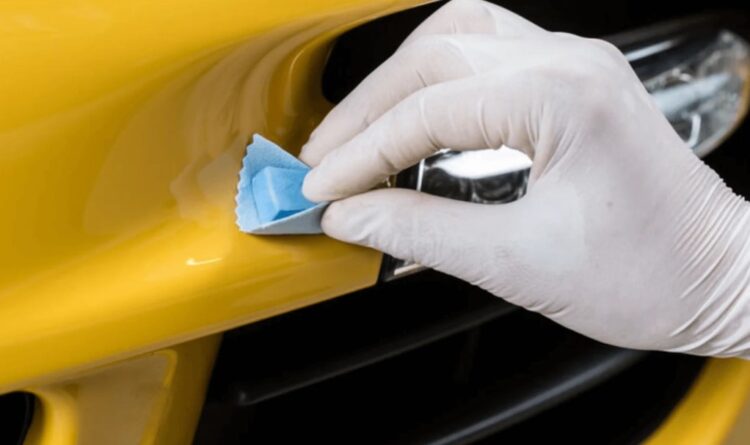
Once the paint has dried, use appropriate buffing and polishing tools to achieve a seamless finish. This step helps blend the restored area with the surrounding paint, ensuring a professional and aesthetically pleasing result.
Preventing Future Fish Eyes
To ward off fish eyes in automotive finishes, adopt a proactive strategy with the following measures:
Thoroughly Clean and Degrease
Before painting, meticulously clean and degrease the surface to eliminate contaminants, ensuring optimal adhesion and minimizing the risk of fish eyes.
Avoid Silicone-Based Products or Solvents
Steer clear of silicone-based products and solvents, known culprits in fish eye formation. Opt for paint-friendly alternatives to eliminate the risk associated with silicone contamination.
Use Fresh Paint and Clear Coat
Prioritize fresh, high-quality automotive paint and clear coat to prevent adhesion issues and minimize the likelihood of chemical reactions leading to surface imperfections.
Ensure Proper Paint Application
Maintain precision in paint application by observing recommended techniques. Avoid uneven application and excessive spraying by keeping a consistent distance between the spray gun and the surface. Adhering to drying times between coats contributes to a seamless, professional finish and reduces the risk of imperfections.
Troubleshooting
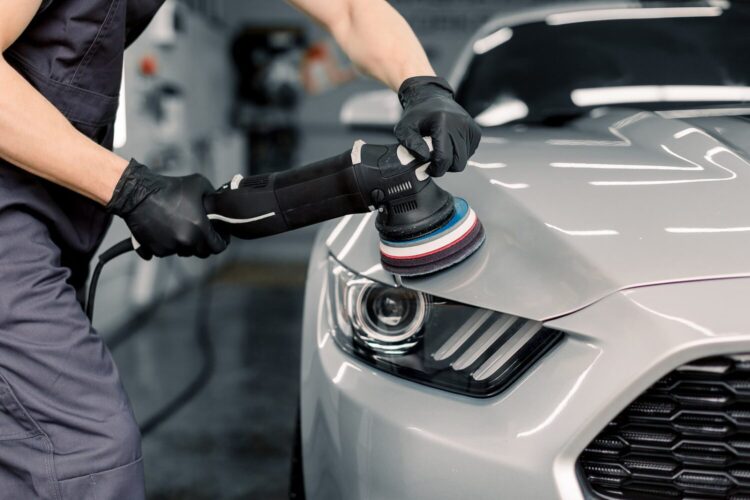
Common Challenges During the Restoration Process
- Adhesion problems ─ One frequent challenge is inadequate paint adhesion, leading to issues such as peeling or bubbling. This can result from improper surface preparation or the use of incompatible products.
- Uneven paint application ─ Achieving a consistently even coat of paint can be challenging, with factors like improper spray gun technique or inconsistent surface preparation contributing to uneven application.
- Color mismatch ─ Despite careful selection, color mismatches can occur. This challenge may stem from variations in paint batches, aging, or differences in application techniques.
- Contaminant inclusions ─ Contaminants, such as dust particles or debris, may become embedded in the paint during application, leading to imperfections.
Solutions and Tips for Overcoming Obstacles
- Adhesion problems ─ To address adhesion issues, ensure thorough surface cleaning and proper preparation. If encountering compatibility problems, consider using adhesion promoters or consulting with a professional to identify suitable products.
- Uneven paint application ─ Achieving an even paint application requires consistent spraying techniques. Maintain a uniform distance between the spray gun and the surface, and employ overlapping strokes to ensure a smooth coat. Adequate surface preparation, including sanding, is crucial for a uniform finish.
- Color mismatch ─ In the event of color discrepancies, verify the compatibility of the paint batches, and if necessary, blend or mix different batches to achieve a more uniform color. Careful adherence to manufacturer guidelines for mixing and application can help minimize color variations.
- Contaminant inclusions ─ Prevent contaminant inclusions by working in a clean, controlled environment. Use dust extraction systems and ensure proper ventilation to minimize the risk of foreign particles settling on the wet paint surface. If contamination occurs, carefully sand the affected area and reapply paint using meticulous techniques.
Final Thoughts
Fish eyes are a common paint defect that can mar the appearance of your car. But fear not, with the right techniques, you can effectively restore your paint job and eliminate these imperfections. This guide provides a step-by-step process for addressing fish eyes, ensuring your car’s exterior looks brand-new.
 Hi Boox Popular Magazine 2024
Hi Boox Popular Magazine 2024
